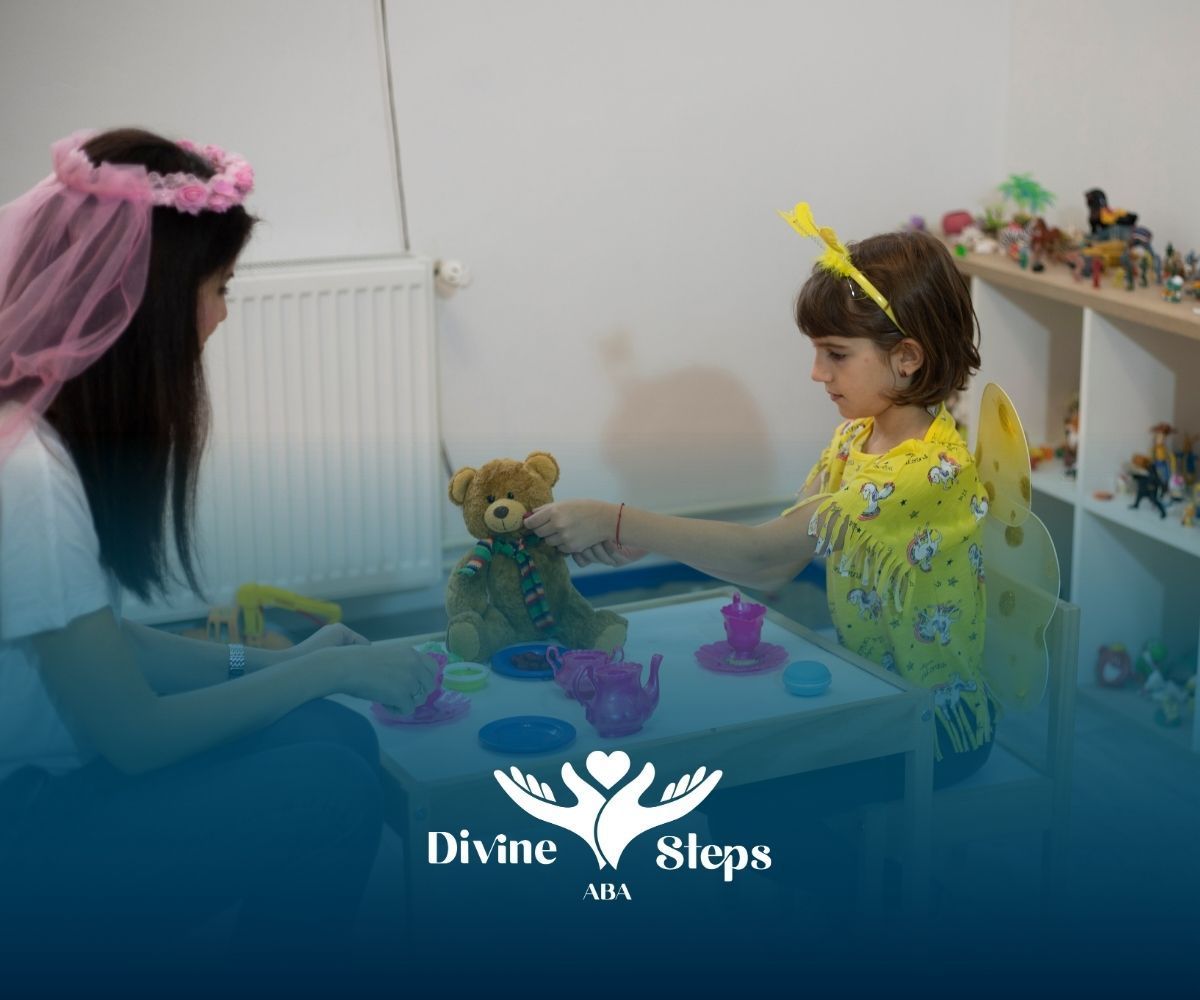Website by CWS
Autism-Friendly Sensory Breaks: Creative, Simple, and Effective Tips
For many autistic children, everyday environments can feel overwhelming. Differences in sensory processing—the way the brain interprets input like sound, touch, and movement—can make school, home, or social settings especially challenging.
One effective solution is incorporating fun, structured sensory breaks into the day. These short, purposeful pauses can reduce stress, improve focus, and support emotional regulation.
In this guide, I’ll share creative sensory break ideas for home, school, and outdoor settings, along with tips for recognizing when your child needs them most.
Understanding Sensory Breaks for Autism
Creating sensory breaks begins with understanding their purpose. They’re not just “time-outs” but proactive strategies that give children the sensory input they need to regulate before becoming overwhelmed.
What Are Sensory Breaks and How Do They Help?
A sensory break is a structured pause that provides targeted input—whether calming, stimulating, or regulating. These breaks draw on principles of sensory integration therapy, which helps the brain process and organize sensory information.
For example, a child who seeks movement may need vestibular input (like swinging or jumping), while another who is overstimulated may benefit from deep pressure activities (like weighted blankets). With regular breaks, children can return to tasks with greater calm, focus, and confidence.
The Importance of Sensory Regulation in Autism
Many children on the autism spectrum struggle with sensory regulation, especially if they also have a sensory processing disorder. When overwhelmed, their nervous system can become hyper-alert, leading to meltdowns, withdrawal, or anxiety.
Sensory regulation through structured breaks restores balance, reduces stress, and builds resilience. Over time, these practices also support stronger emotional regulation and smoother participation in learning and social activities.
Recognizing the Need for Sensory Breaks
Sensory needs vary widely, and autistic children may not always communicate discomfort directly. Recognizing their behavioral cues helps you provide breaks before overload escalates.
Common Signs a Child Needs a Sensory Break
Some children signal sensory distress by shutting down; others show it through hyperactivity or intense seeking. Watch for:
- Fidgeting, pacing, or restlessness
- Covering ears or eyes to block input
- Withdrawal, irritability, or anxiety
- Seeking strong sensations like spinning or crashing
- Sudden meltdowns or emotional outbursts
Differentiating Sensory Breaks from Movement Breaks
While often confused, sensory breaks and movement breaks aren’t the same. A movement break is mainly physical (jumping, running), while a sensory break addresses specific needs like tactile input, auditory calm, or proprioception.
For example, cuddling under a weighted blanket is sensory but not movement. Jumping on a trampoline can provide both. Knowing the difference helps you match the right activity to your child’s needs.
Setting Up Effective Sensory Breaks at Home
Sensory breaks work best when they’re built into daily routines. A home environment designed for sensory regulation can prevent meltdowns and make your child feel supported.
Creating a Calm Space for Sensory Activities
A designated calm space gives children a predictable retreat when overwhelmed. This doesn’t require a full room—just a cozy corner designed with comfort and low sensory stimulation.
Ideas include:
- A tent, beanbag, or soft pillows to define the area
- Gentle lighting like fairy lights or lava lamps
- A basket with calming tools (sensory bottles, puzzles, books)
- Placement in a quiet, low-traffic area
Supplies and Tools to Elevate Sensory Breaks
A sensory toolkit ensures you always have supportive items on hand. Popular tools include:
- Fidget toys: stress balls, therapy putty, spinners
- Weighted items: lap pads, blankets for deep pressure
- Tactile toys: textured balls or squishy toys
- Oral motor tools: chewable necklaces, straws, or tubes
These resources are portable and can travel between home, school, and therapy sessions.
Creative Sensory Break Activities for Autistic Children
Sensory breaks don’t need expensive equipment—they just need to be purposeful and fun. Activities should align with your child’s interests while meeting their sensory needs.
Simple Indoor Sensory Break Ideas
Indoor activities provide tactile, proprioceptive, or calming input using common household items. Examples include:
- Sensory bins with beans, pasta, or water beads
- Heavy work like pushing laundry baskets or carrying books
- Play tunnels or pillow forts
- Fidget play with putty, cubes, or stretchy bands
Fun Outdoor Sensory Break Activities
Outdoor spaces naturally support vestibular and proprioceptive input while reducing stress. Great ideas include:
- Swinging for rhythmic calming input
- Jumping on a trampoline or running races
- Riding a scooter or bike for balance
- Obstacle courses with hula hoops, cones, or logs
Making Sensory Breaks Work in Classroom Environments
Classrooms can be overwhelming for autistic children, making school-based sensory breaks critical. With minor adjustments, teachers can help students regulate without disrupting learning.
Classroom Adaptations and Strategies
Practical ideas include:
- Quiet corners with beanbags or sensory tools
- Discreet fidget tools at desks
- Weighted lap pads during seated work
- Flexible seating like wobble stools or therapy balls
Scheduling and Timing Sensory Breaks at School
Consistency prevents overload. Short “sensory snacks” (5–10 minutes) built into the schedule—before transitions, after recess, or during tough subjects—support focus and reduce anxiety. Collaborating with an occupational therapist or ABA therapist ensures breaks are effective and individualized.
Avoiding Common Pitfalls and Maximizing Success
Not every sensory break works the first time. Tailoring activities and learning from mistakes helps children truly benefit.
Mistakes to Avoid When Introducing Sensory Breaks
- Forcing an activity instead of offering choice
- Using a one-size-fits-all approach
- Waiting until meltdown mode instead of being proactive
- Overcomplicating activities when simple ones often work best
Supporting Positive Behavior Through Structured Breaks
Well-planned sensory breaks reduce challenging behaviors by addressing their root cause: unmet sensory needs.
By providing predictable regulation opportunities, you empower children to develop coping strategies that last a lifetime. Partnering with an occupational therapist or ABA professional can refine these strategies even further.
Conclusion
Sensory breaks are more than just downtime—they’re powerful tools for autism self-regulation, focus, and emotional well-being. By recognizing your child’s signs, setting up supportive environments, and weaving breaks into home and school routines, you can help your child thrive.
At Divine Steps ABA, we specialize in helping families across Maryland and Virginia. We also partner with families through in-home ABA therapy and school-based ABA therapy.
If you’d like support in creating personalized sensory strategies and routines, reach out today. Together, we can design engaging breaks that build comfort, confidence, and lifelong skills.
Frequently Asked Questions
How long should a sensory break last for autistic children?
Most sensory breaks last 5–15 minutes, though duration depends on the child’s needs and environment. Consulting with an occupational therapist can help determine the right schedule.
Can sensory breaks reduce challenging behaviors?
Yes. Many challenging behaviors are linked to sensory overload or unmet sensory needs. Proactive breaks prevent meltdowns, improve regulation, and build positive coping skills.
Should sensory breaks be part of a daily routine?
Absolutely. A consistent sensory diet—planned breaks throughout the day—helps children stay regulated and reduces anxiety around transitions. Predictability makes them more effective.
Sources:
- https://www.autismparentingmagazine.com/sensory-break-activities/
- https://bedslutonchildrenshealth.nhs.uk/neurodiversity-support/a-whole-person-approach/exercise-and-movement-for-neurodivergent-children-and-young-people/
- https://www.autism.org.uk/advice-and-guidance/professional-practice/sensory-strategies
- https://www.autismspeaks.org/sensory-issues




